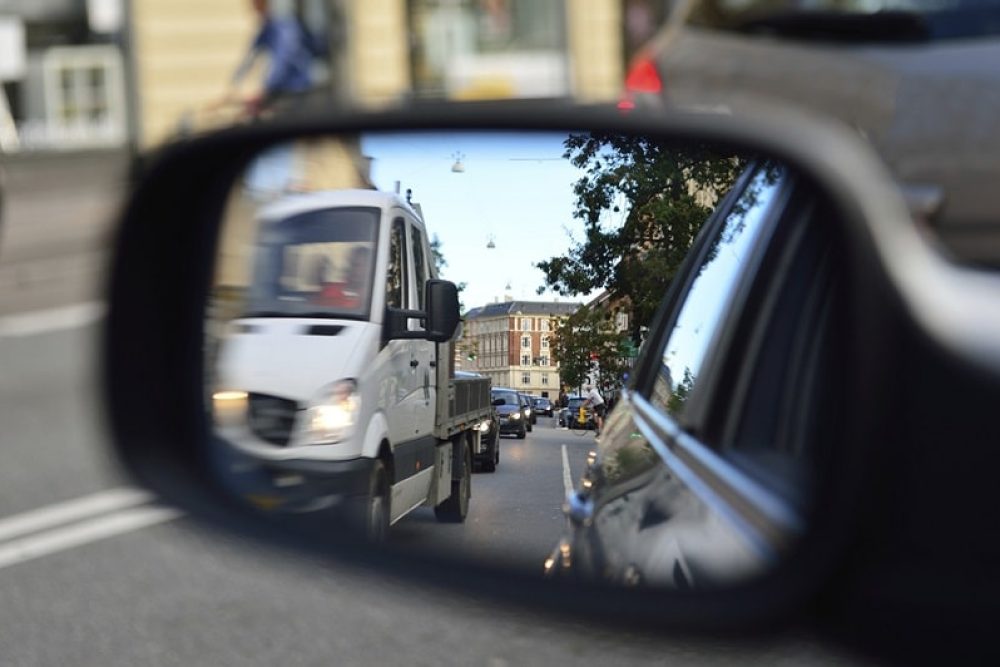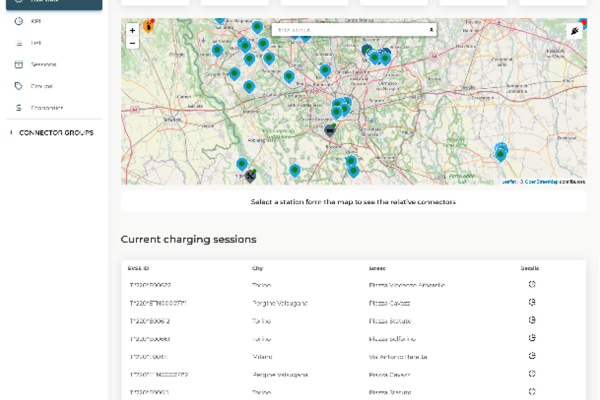VEHICLE safety technology has evolved and come a long way since the introduction of seat belts and air bags. With vehicle reliability and safety ranking as top concerns for fleet purchases it is no wonder that safety features are seeing rapid developments.
As vehicle connectivity has taken off and transformed the way fleets communicate and operate so rapidly we can expect huge advancements in this area. It is therefore important to keep up with these developments and know what forms of safety technology are out there in order to make informed decisions.
Paul Fincham, Motor Fleet Broker for Bluedrop Services, provides a brief overview of the current main offerings in vehicle safety technology for your fleet.
ABS – Automatic Braking Systems
Automatic braking systems or AEB (Autonomous Emergency Braking) has been proven to reduce the likelihood of a front-to-rear crash by almost 40%. It operates using radar and laser technology to sense obstacles and over-ride the driver’s reflexes by braking automatically and avoiding or reducing the damage of a collision.
As with many safety features, the adoption of AEB technology within your fleet will also save you money on your fleet insurance premiums, with insurers recognising the significance of this technology in terms of reducing risk. Automatic braking systems are highly recommended for all fleets, as they minimise the risk of severe damage or loss of life.
Collision avoidance systems
Both frontal and radar-based collision avoidance systems use sensors, radar and cameras to measure the distance and speed between vehicles. These systems can pair up with ABS to warn the driver and help to avoid collisions with another vehicle, pedestrian, or obstacle.
Collision avoidance systems have improved dramatically and are available on many fleet vehicles and even mainstream cars. Some systems are more effective than others but there is a net benefit to gain regardless.
Blind spot warnings
Blind spot monitoring cameras and sensors kick in when they sense a vehicle coming up in the driver’s blind spots and warn the driver either visually, audibly or by vibration. This safety feature helps to provide a complete view of the roads and traffic surrounding your fleet vehicles.
Ideal for HGV or LCV vehicles which traditionally struggle more with blind spots, or if your drivers do a lot of city driving. Often this feature can be packaged as part of the collision avoidance system.
Cross traffic alerts
This safety technology works in a similar way to the blind spot technology, by warning the driver when vehicles are approaching to the side. This technology works by warning the driver of possible colliding traffic, but cannot detect other objects such as people or animals. Ideally by putting together both cross traffic alerts and blind spot technology you will protect the vehicle to the maximum potential.
Rear-view cameras
Rear view cameras help to provide a view of the back of the vehicle which is particularly useful for manoeuvres or parking. The camera will activate when the vehicle is set into reverse and a video or image will be shown on a screen or in the rear view mirror. Clearly all fleets will benefit from such technology, in particular LCV or HGV vehicles.
Adaptive Cruise Control
Once again, the use of radar and sensors come into play. They are activated to allow the fleet driver to maintain a pre-set speed and set a distance between the vehicles in front. It is the next generation of cruise control, allowing space parameters to also be set. ACC is most useful for those fleets that frequently stop and start in daily activity.
Lane departure warning
With driver fatigue on the increase, the implementation of lane departure warning systems is highly desirable. Lane departure warning allows the vehicle to correct itself when veering off-side or reaching lane markings.
Corrections can either be made in the steering or in the brakes. This technology relies on cameras to detect the lane markings ahead of the vehicle. Often this technology is found to be more useful on highways than if your fleet travels more on narrow, winding country roads where they will bleep too often.
It is important to mention that whilst each of these systems has its place in terms of increasing safety, none of them reduce the need for drivers to stay alert. There are advancements in drowsiness detection systems which can help, but fleet managers also need to keep on top of encouraging regular breaks and managing driver hours.
With the connected fleet becoming a reality, vehicles now also have in-built internet access enabling them to connect with other drivers on the road and share road and safety information.
While driverless fleets are still a long way off, it is clear to see that safety technology is developing at an astounding rate. Keep your fleet vehicles up-to-date and benefit from the latest safety developments relevant to your business.
- Paul Fincham has 24 years’ experience in the motor insurance industry and has a wealth of knowledge having started within regional broking as an account executive for ten years prior to moving into Underwriting with AXA, LV & Andeva Underwriting Agency Ltd. As Motor Fleet Broker for Bluedrop Services, Paul specialises in Motor Fleet Insurance and offers advice and tailored fleet insurance support to customers managing motor fleets.







